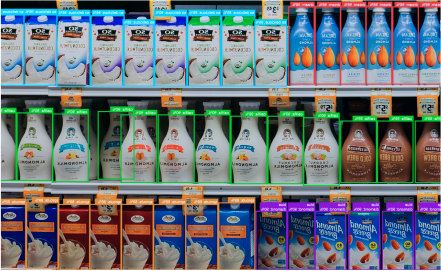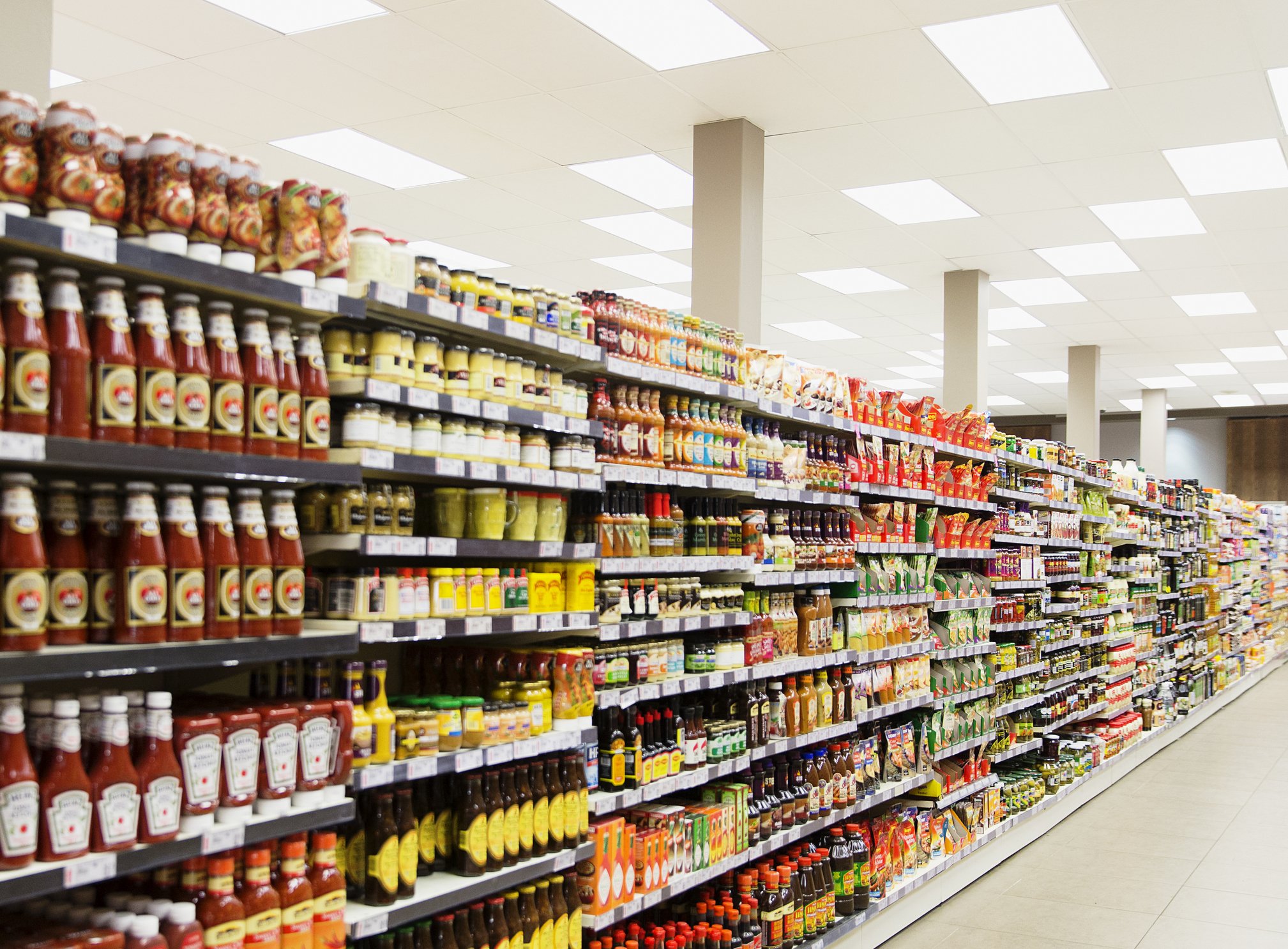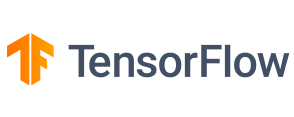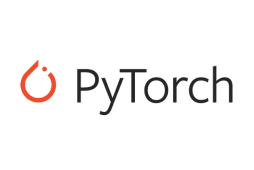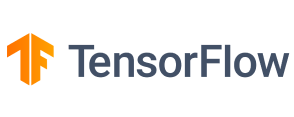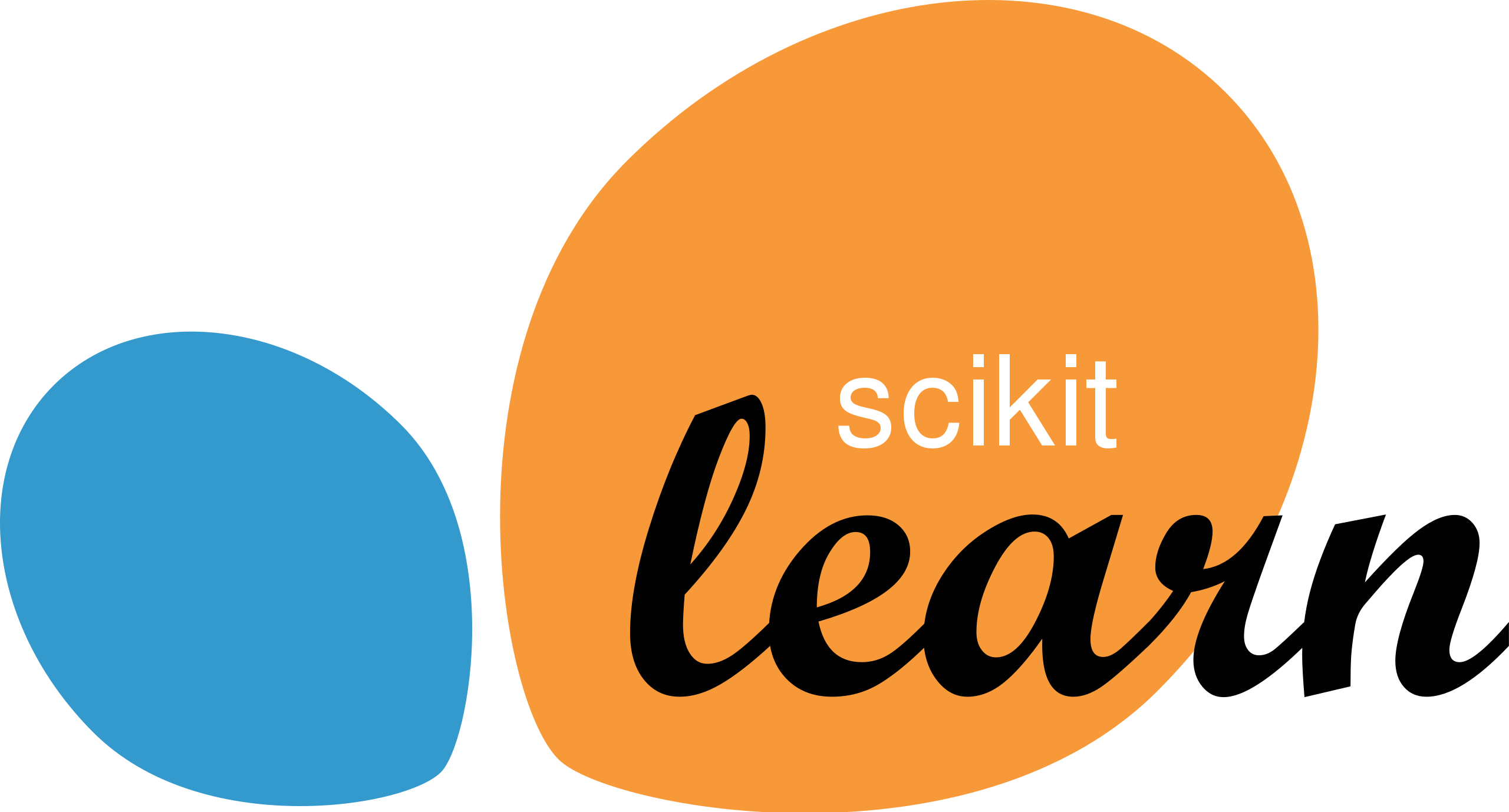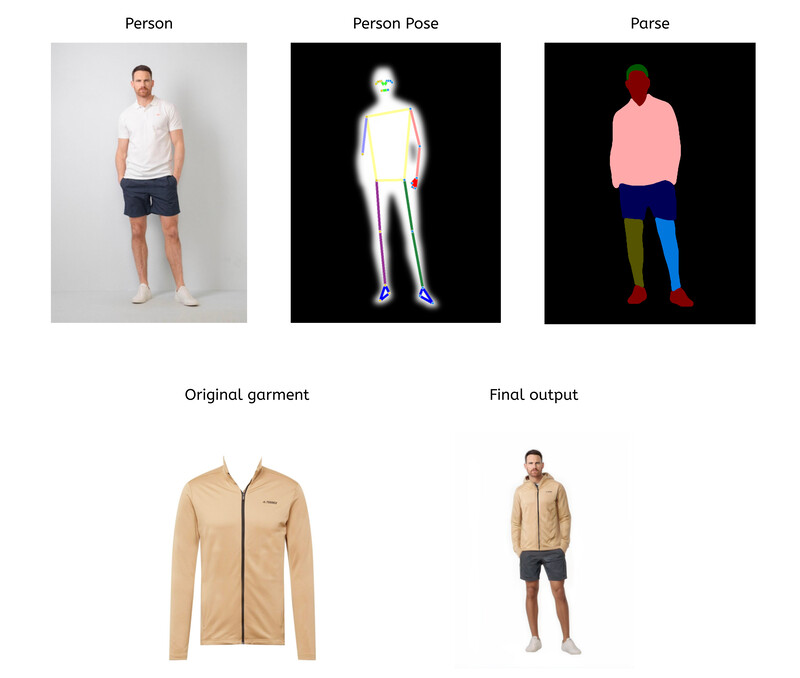Reinventing the retail landscape with a data-centric approach
Retail
As online shopping replaces more and more brick-and-mortar retail stores, AI in retail is taking center stage. In a digital era where consumers are constantly seeking personalized products and services, artificial intelligence solutions in retail are helping retailers align their offerings with the expectations of their customers.
Learn More
Use Cases
How we can leverage ML in Retail
Recommender systems
Customer
behavior prediction
behavior prediction
Inventory optimization
Demand forecasting
Customer
churn prediction
churn prediction
Sentiment analysis
Price optimization
Experience
How we have helped companies leverage their data
Gain Visibility at the Point of Sales
Improve Ecommerce Search & Categorization
Virtual Try-On for Fashion
Gain Visibility at the Point of Sale
About the client
GU Trade provides mass consumption retail companies real-time visibility into their point of sale activities. This enables them to better monitor KPIs and use evidence-based decision-making.
Challenge
We worked alongside the team to automate part of the physical counting process of products across different brands. At the time, our client’s staff would periodically visit supermarkets and take photos of each shelf to guarantee a fair distribution of products from different brands. Those images were then processed and corrective actions identified if necessary.
The main goal was to develop a system to determine the share of a given brand’s shelf occupancy at supermarkets, using computer vision techniques, based on a picture or a set of pictures. This had the potential to reduce costs, time and human error (reduce the number of SKUs incorrectly identified). Production data was in small amounts, and mostly unlabelled. Data was also noisy, a condition that shaped the structure of the project.
Data consisted of photos of whole supermarket shelves, and the first objective was to crop and label all products in the picture, individually, in order to count how many products of a given brand were present in the shelf.
Results
We started by performing an exploratory data analysis, where we identified a couple of challenges in the existing data, such as: varying distances between products that resulted in little visibility of some products; upside-down or fallen products; visibility blocked by advertising; among others. New data was also generated to augment the data set.
After this step was done, we designed a machine learning algorithm that allowed to stitch parts of different photos to compose the full image to be processed (since many images did not capture the full shelf). It also allowed to detect objects within the image using the RetinaNet model making sure to avoid double counting of objects, and classify them using different techniques, such as Optical Character Recognition (OCR) and Convolutional Neural Networks (CNN).
The end result was a solution capable of measuring the Share of Self (SOS). Some of the most significant measurable outcomes were the number of shelves automatically processed by each use case (over 500), and the number of objects identified with a high confidence level (more than 50,000). Also, accuracy in classification reached over 90%.
30
times faster
99
%
Classification accuracy
Impact
The aforementioned results were considerably time-saving for our client:
compared to the manual task, processing time is now 30 times faster. Also, accuracy in classification reached as high as 99%.
Impact
The aforementioned results were considerably time-saving for our client:
compared to the manual task, processing time is now 30 times faster. Also, accuracy in classification reached as high as 99%.
30
times faster
99
%
Classification accuracy
Technologies
Python, OpenCV, Tensorflow, Keras and Pytorch, while the system was deployed to Azure.
Improve Ecommerce Search & Categorization
About the client
Our client is a major ecommerce platform in Latin America. It offers a marketplace where companies and final users can buy and sell.
Challenge
Across the ecommerce industry, product categorization is a highly complex classification problem with several thousands of classes and several millions of products to classify.
Our client manages a diversity of products across different categories. When a new product is introduced to the catalog, it poses a big challenge in terms of structuring the information. To tackle this task, they proceeded to identify certain attributes in products related to each category. For example, when publishing a phone, they look to identify whether it is new or used, and which color, among other details. This task was previously carried out manually, due to the high variety and volume of products, which made it difficult to implement full automation.
Results
Along with the client’s team, we developed and deployed a system that uses natural language processing to automatically categorize and extract the main attributes of each new publication (images or text), allowing us to determine whether the product already existed on the platform and, otherwise, generate the product automatically.
One of the main innovations in this project was approaching product categorization as a machine to machine translation problem, based on state-of-the-art research. This allowed us to transform noisy inputs by end users into standardized natural language attributes. Another key aspect was the development of an attribute value extraction model that uses question-answering techniques to extract product specifications (brands, models, colors, etc). Uniting these two models, it is possible to increase the quality of publications.
59
%
Shoppers that use search engines before a purchase
Impact
In a global survey carried out by Google, 59% of shoppers claim to use the search engine to research a purchase they plan to make in-store or online. This is only a small proof that adequate product categorization is key.
This solution opens up the possibility of increasing sales while saving time and costs. As seen across the industry, automatic product categorization can be more than 15x faster than manual categorization, allowing our client to re-assign human resources to tasks with more added-value. Moreover, correctly architected ecommerce sites sell twice as much as more unorganized ones, since they make it easier to find the desired products.
Impact
In a global survey carried out by Google, 59% of shoppers claim to use the search engine to research a purchase they plan to make in-store or online. This is only a small proof that adequate product categorization is key.
This solution opens up the possibility of increasing sales while saving time and costs. As seen across the industry, automatic product categorization can be more than 15x faster than manual categorization, allowing our client to re-assign human resources to tasks with more added-value. Moreover, correctly architected ecommerce sites sell twice as much as more unorganized ones, since they make it easier to find the desired products.
59
%
Shoppers that use search engines before a purchase
Technologies
PyTorch, TensorFlow, Transformers, FastAPI, Scikit-Learn.
Virtual Try-On for Fashion
About the client
Our client is a technology company dedicated to the fashion ecommerce space.
Challenge
The client offers end users the possibility of introducing a virtual try-on feature on their ecommerce sites. With this, final users can see how a particular outfit would look on them before making a purchase.
They were looking to build a proprietary solution capable of scaling according to its business needs: more users as well as new cloth types.
This endeavor had some specific challenges that included
Expectation of both a high quality output and a scalable solution, challenging when most of the relevant literature works with much smaller resolution images and higher resolution models include non-commercial licenses.
Creating a large enough dataset to train a GAN network given the expected diversity of demographics and cloth types.
Results
Using computer vision techniques, we developed a virtual try-on system that allows users to see how different garments would fit to their bodies by uploading a photo into the ecommerce site. The system changes the user’s clothes in the original picture for the selected piece of cloth that the user is intending to buy.
Since all the virtual try-on datasets have restrictive access and licenses and are mostly skewed (generally composed of an homogeneous group), we decided to create and curate our own diverse dataset.
The solution consists of different Conditional Generative Adversarial Networks (CGANs) architectures working together in a single pipeline, and achieved results that even surpass state of the art models in the field.
30
%
of the purchase price is the average cost of returns
Impact
This solution brings online shopping the possibility of trying clothes before the actual purchase, drastically reducing logistics and inventory costs derived from the high return rate of online shopping.
"This is relevant in an industry where the average return rate hovers around 20-30%, and where the average return represents 30% of the purchase price."
Impact
This solution brings online shopping the possibility of trying clothes before the actual purchase, drastically reducing logistics and inventory costs derived from the high return rate of online shopping.
"This is relevant in an industry where the average return rate hovers around 20-30%, and where the average return represents 30% of the purchase price."
30
%
of the purchase price is the average cost of returns
Technologies
Python, Tensorflow, CGANs, AWS.
Get in touch with one of our specialists.
Let's discover how we can help you
Training, developing and delivering machine learning models into production
Contact us
Got a project?
Let's talk
About us
Industries
Expertise
Services














